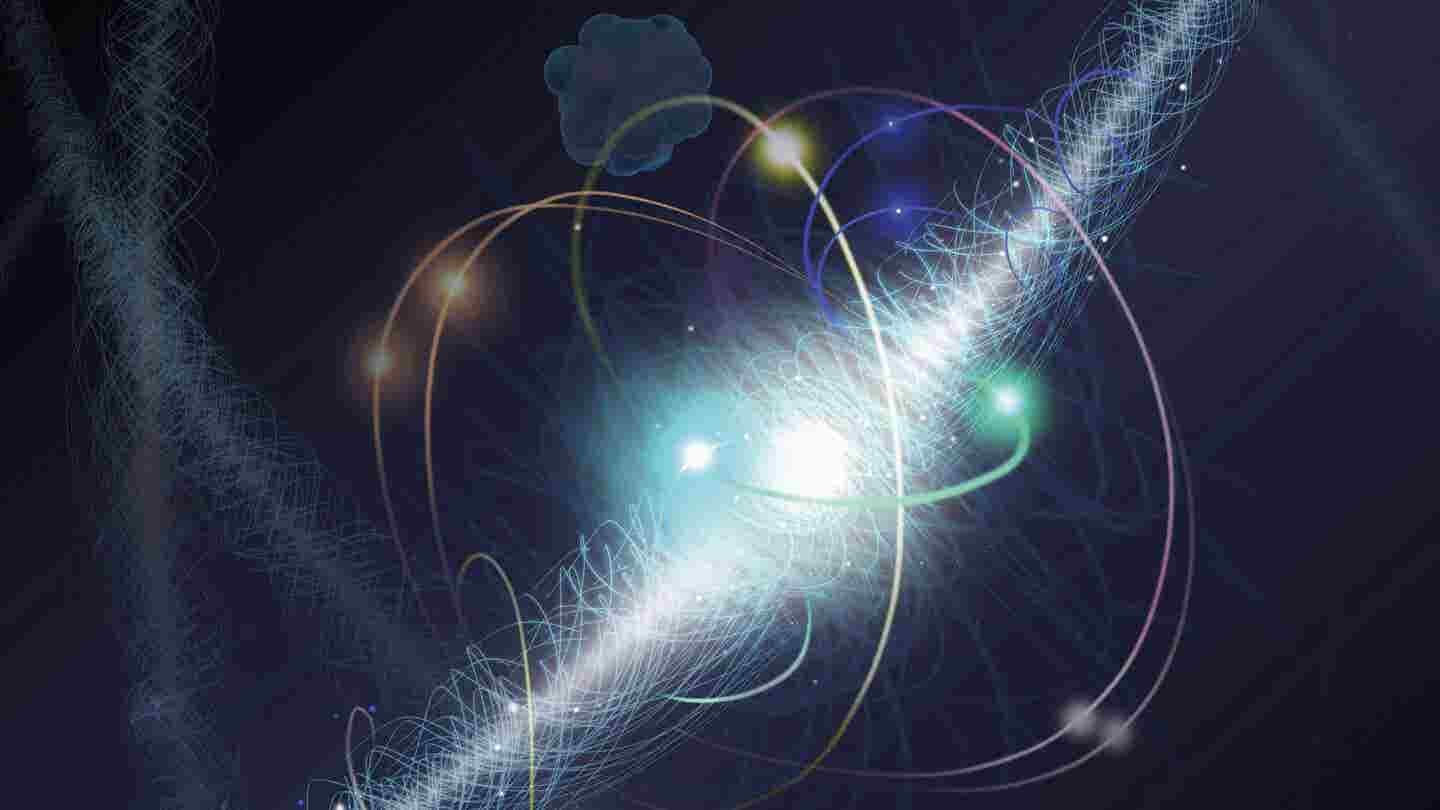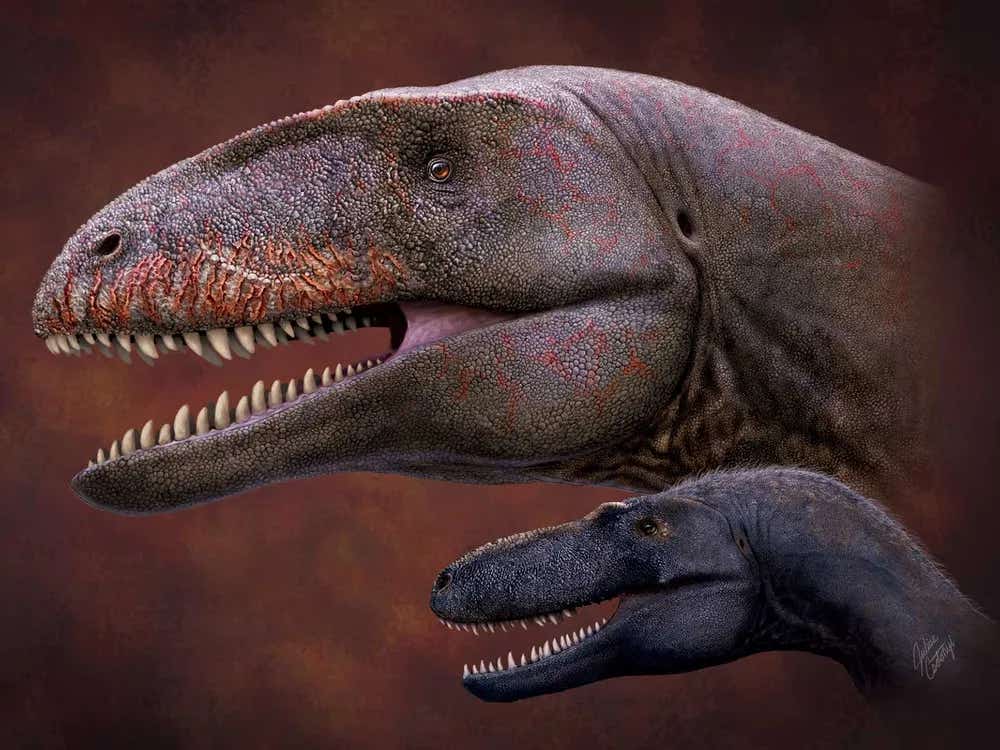New study suggests time is an illusion arising from quantum entanglement
Researchers propose that time is a result of quantum entanglement, the mysterious connection between particles separated by vast distances

Time, long considered a fundamental aspect of our universe, might actually be an illusion stemming from quantum entanglement. (CREDIT: Nicolle Rager Fuller, National Science Foundation/Science Photo Library)
Time, long considered a fundamental aspect of our universe, might actually be an illusion stemming from quantum entanglement, according to a new study. This idea presents a fresh perspective on the longstanding issue physicists face: the inconsistency of time in our best theories of the universe, which hinders the quest for a unified "theory of everything."
Researchers propose that time is a result of quantum entanglement, the mysterious connection between particles separated by vast distances. Their findings, published in the journal Physical Review A, could offer a clue to solving the problem of time.
"There exists a way to introduce time which is consistent with both classical laws and quantum laws, and is a manifestation of entanglement," explained Alessandro Coppo, a physicist at the National Research Council of Italy and the study's lead author. "The correlation between the clock and the system creates the emergence of time, a fundamental ingredient in our lives."
In quantum mechanics, time is a fixed phenomenon, an unchanging flow from past to present. It remains external to the ever-changing quantum systems it measures and can only be observed through changes in external entities, like the hands of a clock.
Conversely, Einstein's theory of general relativity, which deals with larger objects like stars and galaxies, depicts time as intertwined with space, capable of warping and dilating under high speeds or strong gravitational fields. This discrepancy creates a significant conflict between our two best theories of reality, preventing the formulation of a coherent theory of everything.
"It seems there is a serious inconsistency in quantum theory," Coppo said. "This is what we call the problem of time."
To address this, the researchers revisited the Page and Wootters mechanism, a theory proposed in 1983. It suggests that time emerges through quantum entanglement between one object and another acting as a clock. In an unentangled system, time does not exist, and the universe appears frozen and unchanging.
Applying this mechanism to two entangled but noninteracting theoretical quantum states—a vibrating harmonic oscillator and a set of tiny magnets acting as a clock—the researchers found their system aligned perfectly with the Schrödinger equation, which predicts the behavior of quantum objects. Instead of traditional time, their version of the equation ran according to the states of the tiny magnets.
While this concept isn't entirely new, the team's next step was groundbreaking. They repeated their calculations, assuming first that the magnet clock and then the harmonic oscillator were macroscopic objects. The equations simplified into those used in classical physics, suggesting that time's flow is a consequence of entanglement even on large scales.
"We strongly believe that the correct and logical direction is to start from quantum physics and understand how to reach classical physics, not the other way around," Coppo asserted.
Despite the intriguing possibilities, other physicists urge caution. They find the idea of the Page and Wootters mechanism fascinating but note that it has yet to produce testable results.
"Yes, it is mathematically consistent to think of the universal time as the entanglement between quantum fields and quantum states of 3D space," commented Vlatko Vedral, a professor of quantum information science at the University of Oxford, who was not involved in the work. "However, no one knows if anything new or fruitful will come out of this picture—such as modifications to quantum physics and general relativity, and corresponding experimental tests."
Despite these doubts, building theories of time from quantum mechanics might still be a promising approach, provided they can be validated through experiments.
"Maybe there is something about entanglement where it plays a role," suggested Adam Frank, a theoretical physicist at the University of Rochester in New York, who was not involved in the study. "Maybe the only way to understand time is not from some God's-eye perspective, but from the inside, from a perspective of asking what is it about life that manifests such an appearance of the world."
In summary, this new perspective on time as an emergent property from quantum entanglement could open up new avenues for understanding the universe. However, it remains crucial to develop these theories in ways that can be experimentally tested to bridge the gap between quantum mechanics and general relativity.
Note: Materials provided above by the The Brighter Side of News. Content may be edited for style and length.
Like these kind of feel good stories? Get the Brighter Side of News' newsletter.
Joseph Shavit
Head Science News Writer | Communicating Innovation & Discovery
Based in Los Angeles, Joseph Shavit is an accomplished science journalist, head science news writer and co-founder at The Brighter Side of News, where he translates cutting-edge discoveries into compelling stories for a broad audience. With a strong background spanning science, business, product management, media leadership, and entrepreneurship, Joseph brings a unique perspective to science communication. His expertise allows him to uncover the intersection of technological advancements and market potential, shedding light on how groundbreaking research evolves into transformative products and industries.



